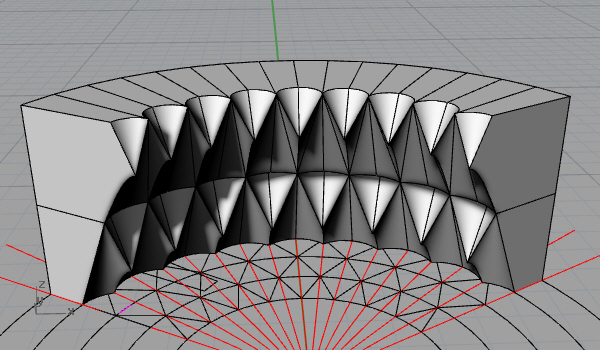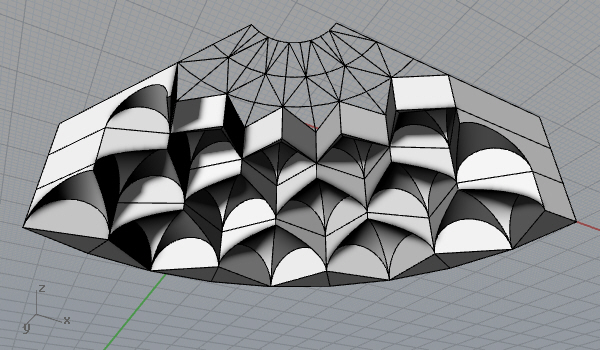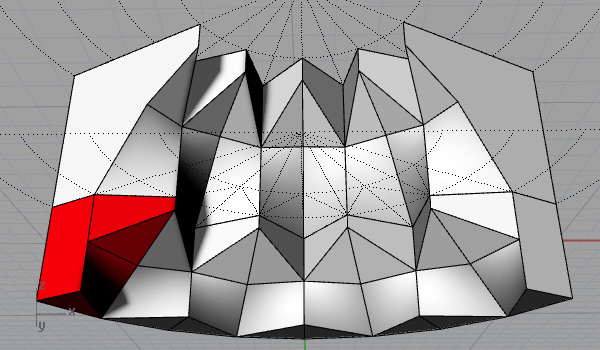Muqarnas Student Works
by Tuğrul Yazar | April 26, 2013 10:01
In Design Computing class, we have discussed how the parametric wall study (here) can be implemented to describe regular curved surfaces such as domes. This led us to well-known design compositions named Muqarnas. Previously we have studied how a parametric muqarnas definition could be in Grasshopper (here). After a couple of weeks of study, students started to capture the idea of generating seamless surfaces out of a few components. Of course “Designing your own muqarnas” is a tough question. Here are some successful results of it;

Ekin Arslan. Although she has some modeling errors, she did understand the relationship between the muqarnas component and referencing the polar grid underneath.

Seda Öznal. She rotated the reference voids to explore new components. It is quite interesting to see that her approach is much more closer to a real muqarnas, compared to our template.

Elif Özüçağlıyan. She developed a very simple but effective technique. She explained the process well and tested some variations in the Z direction.
Source URL: https://www.designcoding.net/muqarnas-student-works/